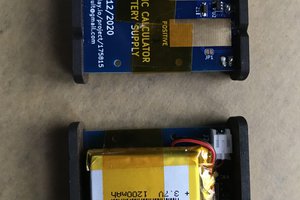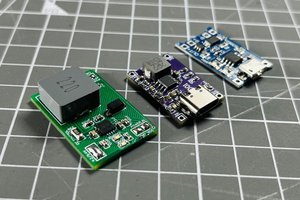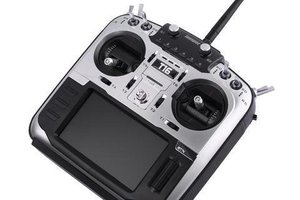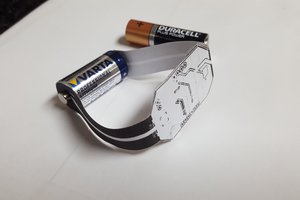In recent years, the market has been flooded with low-cost batteries, many of which originate from unregulated manufacturers. A significant concern with these batteries, is the inaccurate labelling of capacity. Often, these batteries claim to have high capacities sometimes exceeding 10, 000mAh at prices that seem too good to be true. In reality, many of these batteries fall far short of their advertised capacity, providing poor performance and posing potential safety risks due to overcharging or overheating.
For consumers and hobbyists who rely on batteries for DIY projects, RC models, portable electronics, or even solar power setups, it is essential to ensure that the batteries they purchase live up to their promised specifications. Unfortunately, distinguishing between a high-quality battery and a low-grade, falsely advertised one isn't always possible by appearance alone.
This is where our device DIY Smart Multipurpose Battery Tester becomes crucial. It allows users to verify the capacity of the batteries they purchase, helping them avoid the pitfalls of using fake or low-quality batteries.
Earlier, I developed the Battery Capacity Tester V2.0, which was designed primarily for discharging batteries to measure their capacity. However, it lacked some essential features, encouraged the development of an upgraded version.
👉 My Book : DIY Off-Grid Solar Power for Everyone
You can order my Book on Off-Grid Solar Power from Amazon
The Complete Project is available on my Tindie Store for purchase, and you can use it Out-of-the-box.
What is New in the New Version?
The earlier version was designed solely to discharge the battery for capacity testing. However, in this version, users can both charge and discharge the battery, effectively turning the device into a battery charger as well.
The following are the major upgraded features compared to V2.0:
1. XIAO ESP32 Microcontroller:
The new version uses the XIAO ESP32 instead of the Arduino, providing a smaller footprint while adding WiFi capabilities. This allows for remote monitoring and control, enabling users to track battery testing results from anywhere.
2. Integrated Charger Circuit:
Unlike the V2.0, which required an external charger to fully charge the battery before testing, the new version features an integrated charging circuit. This allows users to charge and test batteries in one go, making the process more streamlined and convenient.
3. Compact SMD Current Sense Resistor:
This version replaces the bulky ceramic resistors used in V2.0 with a compact SMD current sense resistor. This not only saves space but also improves efficiency by reducing heat buildup, making the tester more compact and easier to handle.
4. Onboard Battery Holder:
It includes a 18650 battery holder directly mounted on the PCB. This enhancement removes the need to connect batteries externally through screw terminals, which was the case with the V2.0 model. Now, users can simply insert their 18650 battery into the onboard holder for quick testing. Additionally, a JST connector is provided for connecting LiPo batteries or other battery sizes that don’t fit the 18650 holder, offering more flexibility in the types of batteries that can be tested.
5. Firmware Upgradtion:
The current firmware now supports four modes:
- Charge Mode: Direct battery charging with the built-in charger circuit.
- Discharge Mode: Continuation of V2.0’s battery capacity testing by discharging.
- Analyze Mode: Automatically charges, pauses, and discharges to measure true battery capacity.
- IR Test Mode: Measures the internal resistance of the battery condition evaluation.
6. Cutoff Voltage Setting: Users can now set the discharge cutoff voltage using push buttons and the OLED display, eliminating the need to modify and re-upload code.
Step 1: How It Works



The device working...
Read more » Open Green Energy
Open Green Energy


 tomcircuit
tomcircuit
 Sagar 001
Sagar 001
 Bud Bennett
Bud Bennett
 Danie Conradie
Danie Conradie
Hi Alexey, Yes! This project is made under Open Source but Non-commercial 4.0
Regards